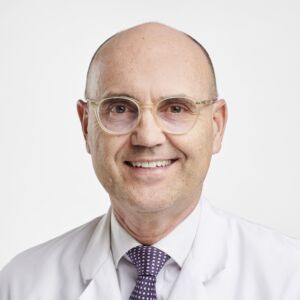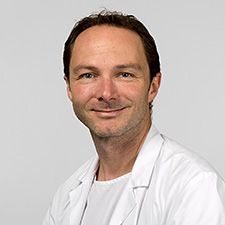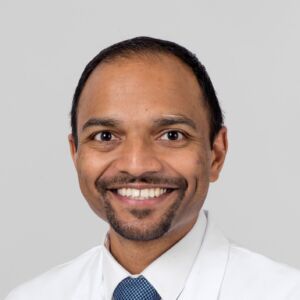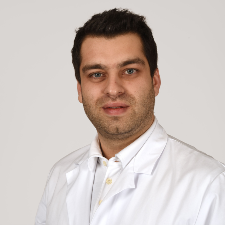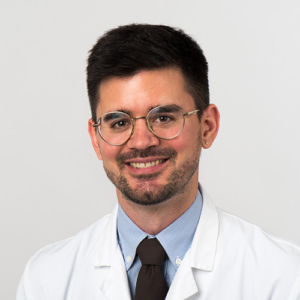By visualizing increased glucose metabolism, PET can also be used to detect active inflammation in the myocardium, such as occurs in myocarditis or sarcoidosis, or in the area of prosthetic valves in endocarditis.
Assumption of costs
While the latter is currently not yet a paid benefit under basic insurance, this has been the case for PET for sarcoidosis screening since July 2018. It is important that patients follow a strict carbohydrate-free diet for these tests.
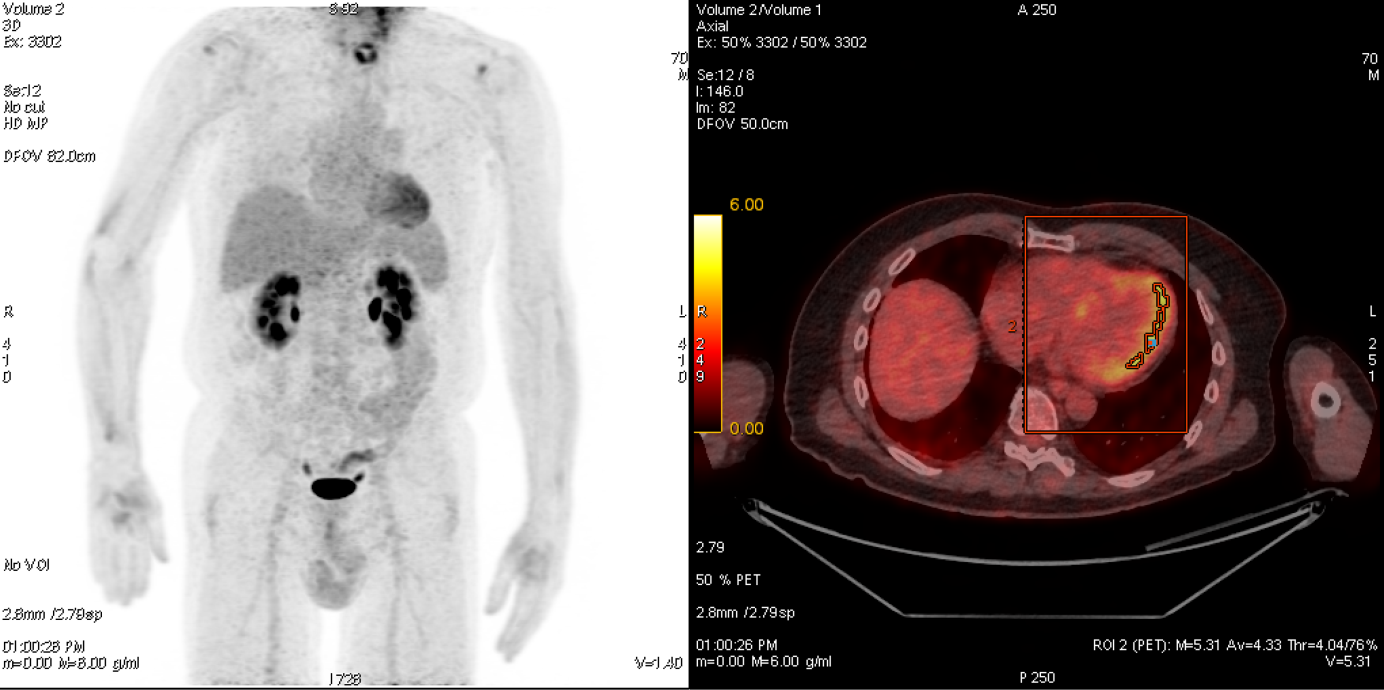
70-year-old patient with Vd.a. cardiac sarcoidosis, which could be clearly diagnosed using 18F-FDG PET/CT: The maximum intensity projection (left) shows clear metabolic activity in the left ventricular myocardium. In the fused PET/CT (right), the increased activity (yellow) is mainly seen in the lateral wall of the myocardium. The activity can be quantified simultaneously using PET (SUVmax here 5.31) and is therefore extremely helpful for therapy monitoring in particular.
Combination of PET and cardiac MR
In selected cases, particularly in the case of myocarditis or sarcoidosis, it may be useful to combine PET and cardiac MR, which is easy to perform in the combined PET/MR device used at our clinic in the Wagi-Areal in Schlieren, increases the diagnostic accuracy compared to the individual examinations and expands the range of questions that can be answered overall.
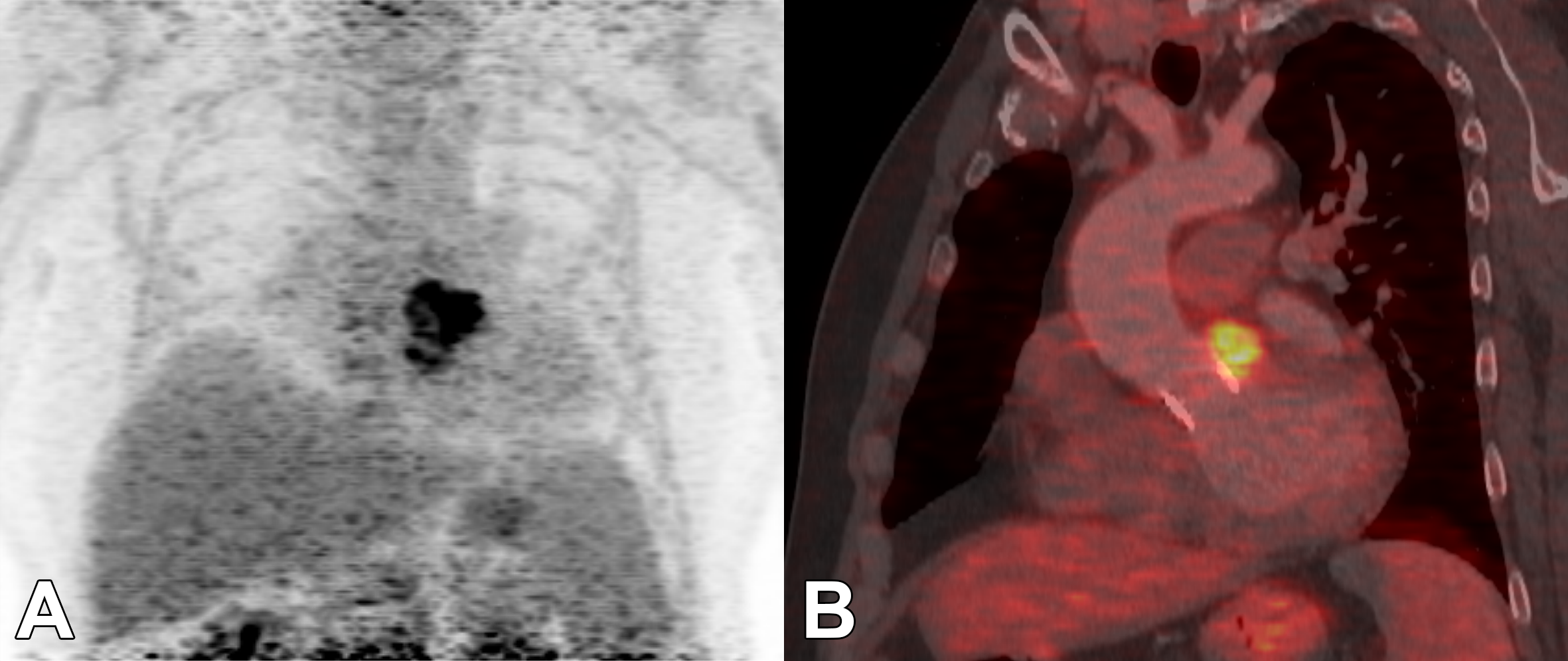
63-year-old patient with st.n. biological aortic valve replacement. Echocardiographic Vd.a. possible paravalvular abscess, which can be clearly diagnosed using 18F-FDG PET/CT. Maximum Intensity Projection (MIP) with clear focal metabolic activity in projection onto the aortic root (A), which can be clearly localized in the series fused with CT (B).
